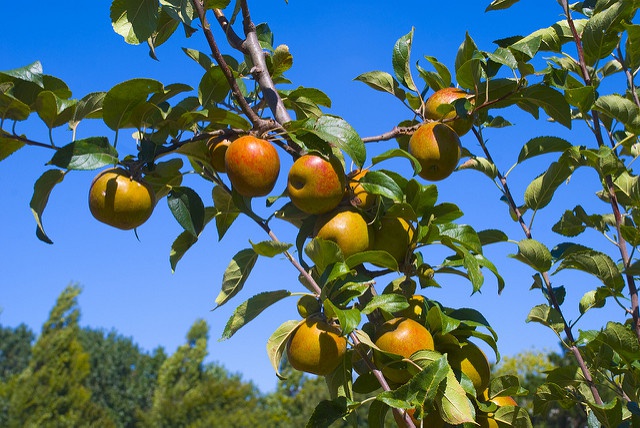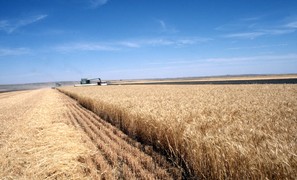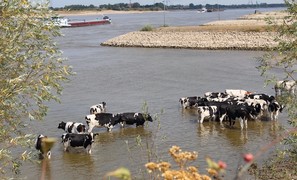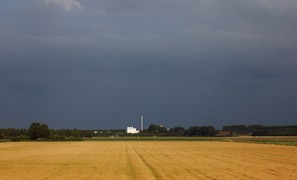Shifting fruit growing conditions call for adaptation in southern Europe

Fruit production might be particularly vulnerable to climate change, particularly in southern Europe. Fruit species have their minimum heat requirements for adequate growth, physiological development and phenology, e.g. flowering and fruit ripening. Many woody plants growing in temperate climates also require a certain amount of winter chill to break dormancy and prepare the plant to subsequent springtime warming. Temperate fruit and nut trees commonly require cool enough winters to fulfil their chilling requirements and allow normal development and harvests. A period of low temperatures is needed for regular budburst (chilling accumulation), while a period of warm temperatures (heat accumulation) is needed for adequate blooming and ripening. Climate change may significantly alter these conditions, thus threatening fruit production.
Shifts in thermal growing conditions under climate change have been assessed for eight economically relevant fruit species in Portugal (carob tree, almond tree, chestnut tree, citrus fruits, fresh fruits trees, olive trees, pine nut trees and vines). This was done for an intermediate and high-end scenario of climate change for the period 2041-2070 compared to the reference period 1981-2005.
Under both climate change scenarios heat accumulation increases and chilling accumulation decreases in most of Portugal. In the innermost areas of southern Portugal, however, heat accumulation decreases due to excessively high temperatures (too much heat stress). Therefore, inner southern Portugal is expected to undergo the most detrimental climatic changes for temperate fruit and nut trees. On the other hand, the north-eastern mountainous areas are projected to experience an increase in heat accumulation, which may indeed be beneficial, while winter chill is expected to decrease only slightly, likely without major impacts on trees.
These shifts in thermal growing conditions may represent a major challenge to the Portuguese fruit species, particularly for the highest chill demanding species (chestnuts, apples and cherries), while it may represent an opportunity for spreading high heat demanding species, including plantation of new fruit species in the warmest areas (e.g. subtropical fruit species). The long-term investment nature of orchards adds urgency to the adaptation challenge. A timely planning of suitable adaptation measures may, however, mitigate future losses and warrant the future sustainability of this sector.
Source: Santos et al., 2017. Climatic Change 140: 273-286
Photo: Mike Slichenmeyer (www.flickr.com)






